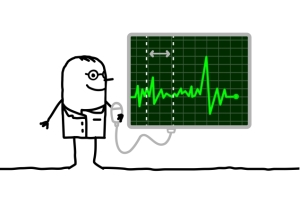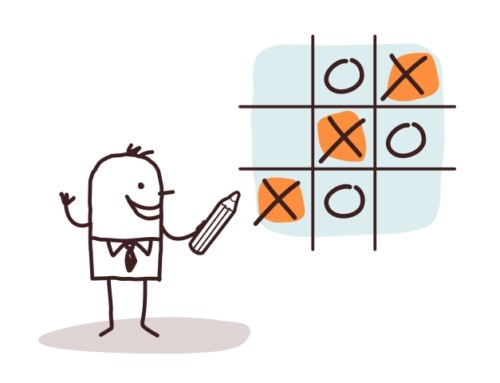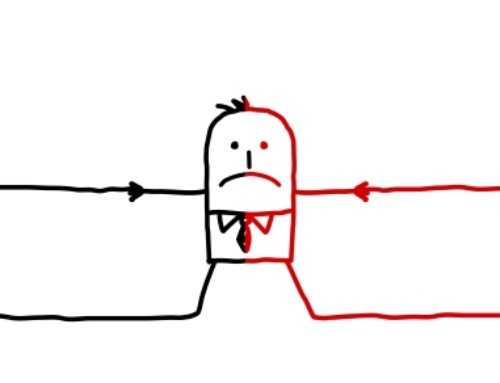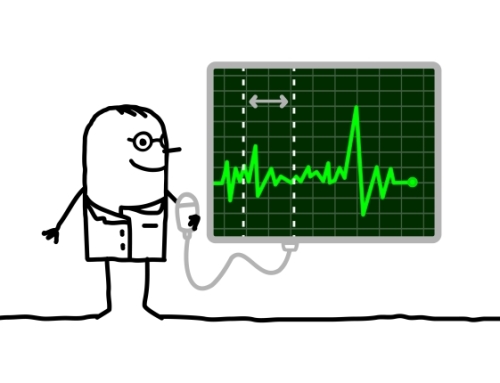In this article, I discuss how various anger management skills can be identified by analyzing how episodes of anger unfold.
Estimated reading time: 4 minutes.
A common issue for which clients seek help is managing their anger. They are typically looking for strategies to reduce the intensity of their anger and, more importantly, strategies to help them manage the verbal and behavioural reactions to their anger.
Various strategies for managing anger can be identified by analyzing anger episodes as detailed in the excellent book, Anger Management: The Complete Treatment Guidebook For Practitioners by Drs. Howard Kassinove and Raymond Chip Tafrate. These analyses go through the sequence of events which occur in situations in which a person has challenges in managing their anger. Skills and strategies are identified to address challenges which occur at different points in the sequence of the episodes.
In the following sections, I will discuss the sequence of events in an anger episode which suggest the use of different anger management strategies.
The trigger
The trigger is the event which sets the anger episode in motion. Common triggers include someone’s words or actions directed toward the person as well as finding out some disturbing information.
Examples of triggers include being criticized by one’s relationship partner, co-worker or family member; a child disobeying their parent, one driver cutting off another driver, and a person finding out that they have been treated unfairly.
Stimuli associated with the trigger
These are various cues which are present when the trigger occurs. They become linked to the trigger so that they can produce the same response which the trigger evokes.
Their presence can also often intensify the response produced by the trigger. For example, stimuli associated with the trigger of being criticized include the words used by the person doing the criticizing along with their facial expression, volume and tone of voice and body posture.
Appraisal of the trigger
Appraisal of the trigger refers to your interpretation of it—in other words, the meaning the person attaches to it. Appraisals in anger episodes often involve ‘hot thoughts’. These are negatively skewed views of the trigger which typically elevate the intensity of their emotional and behavioural reactions to it.
For example, the person being criticized may have hot thoughts regarding their view of the other person’s character such as ‘She is selfish’ or regarding their view of how the other person feels about them such as ‘He doesn’t respect me’.

Emotional reaction to the trigger
The person’s appraisal of the trigger produces their emotional reaction to it. Appraisals comprised of hot thoughts such as those I mentioned typically lead to the emotion of anger which is sometimes accompanied by related emotions such as frustration. Hot thought-laden appraisals are also likely to lead to these emotions being experienced at high levels of intensity at which they feel uncomfortable, hard to manage and sometimes overwhelming.
The emotional reaction to the trigger comes with it a physical reaction which is manifested in the ‘fight or flight’ response, also known as the stress response. This response is built into human beings through evolution to prepare us to face threats and challenges. Increased heart rate and tension in various parts of the body comprise this physical reaction to the trigger.
Behavioural reaction to the trigger
The behavioural reaction to the trigger entails what the person says and/or does in response to it. Hot-thought filled appraisals which lead to strong emotional reactions are more likely to lead to behavioural reactions involving verbal and/or physical aggression. In turn, these reactions are less likely to result in the person expressing their thoughts and feelings in a constructive manner.
Reinforcement following the reaction to the trigger
Thus far, I have described the sequence of events in an anger episode which begin with a trigger and accompanying stimuli. A person’s negatively skewed appraisal of the trigger leads them to experience strong anger which then culminates in an aggressive behavioural reaction—that, is nonconstructive anger management.
Having said that, there is an additional event in the sequence following the aggressive behavioural reaction which makes it more likely that this reaction will be repeated in similar situations. This is the reinforcement or rewarding consequence the person experiences following their behavioural reaction. Some of the rewards following an aggressive reaction to the trigger include feeling a reduction in emotional and physical tension, the temporary ceasing of the anger-provoking trigger, and having the belief that one is being heard.
For example, behaving aggressively as a reaction to the trigger of criticism may lessen the intensity of the person’s emotional reaction to the criticism and may cause the person making the criticism to stop doing it.
Doing something different to get a better result
Analyzing anger episodes illustrates how a sequence of events beginning with a trigger can lead to aggressive behavioural reactions. Fortunately, analyzing the episodes also offers opportunities to intervene by doing something different at various steps in the sequence to produce a better result. This entails responding constructively in response to the trigger rather than behaving aggressively as a reaction to it.
In my next article, I will discuss various skills and strategies which can be used to facilitate a constructive response to triggers by analyzing anger episodes.
May you manage your anger effectively by analyzing your anger episodes,
-Dr. Pat





Leave A Comment